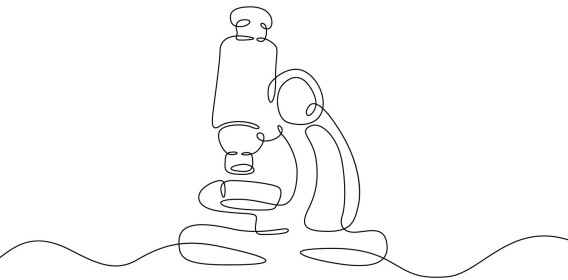
The northern lights will become even more spectacular in the coming years
If you haven't seen the northern lights yet, there's no reason to despair. The best displays of the northern lights are expected in 2026 and 2027, according to a Norwegian astrophysicist.
Every 11 years, the Sun goes through a solar cycle.
And solar cycle 25, which we are currently experiencing, has proven to be much more powerful than scientists had anticipated. Powerful solar storms can cause electrical disturbances on Earth. The power grid could be knocked out, and mobile networks might fail.
But they also create spectacular northern lights.
That's why your social media feed is filled with photos from those who have witnessed the light show in the sky, without even travelling to Northern Norway.
For those who still have not seen it, the chances will improve even more going forward. At least in a year's time.
The peak is not yet reached
In October, NASA announced that the solar cycle had reached what is called solar maximum. This means that the Sun's activity is at its highest point.
However, the northern lights do not reach their peak until a few years after solar maximum, astrophysicist Pål Brekke explains on the website space.com.
“We should have several years still with very high aurora activity,” he says.
Brekke predicts that 2026 and 2027 will be incredible years for chasing the northern lights.
Window seat on the right side
The best nights to see the northern lights are during the spring equinox and the autumn equinox.
The Earth's magnetic poles are then in an optimal position to receive charged particles from the Sun and generate powerful northern lights, Brekke explained to forskning.no earlier this year (link in Norwegian).
Brekke also has recommendations for those planning to fly in the coming years:
Flights between the USA and Europe or China often pass near the Arctic and can offer incredible views of the northern lights – for passengers who remember to book a window seat on the side with a view to the north.
———
Translated by Ingrid P. Nuse
Read the Norwegian version of this article on forskning.no
Related content:

Subscribe to our newsletter
The latest news from Science Norway, sent twice a week and completely free.






































